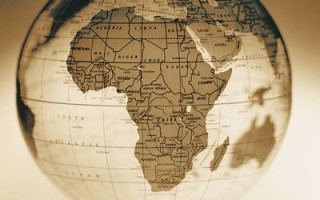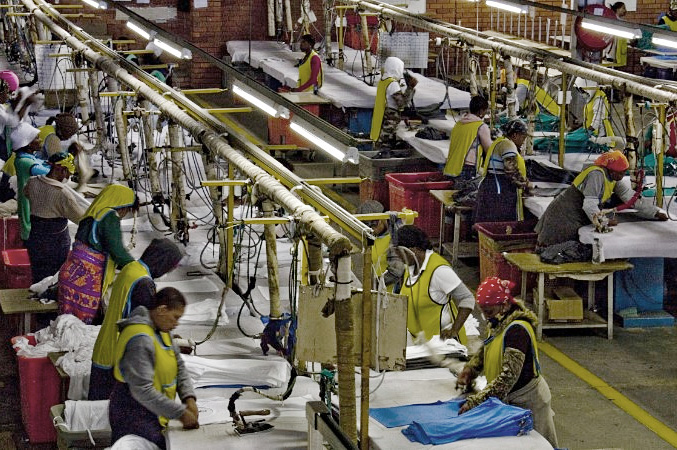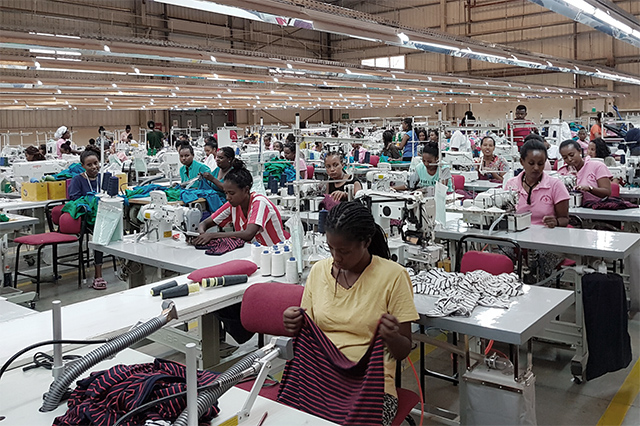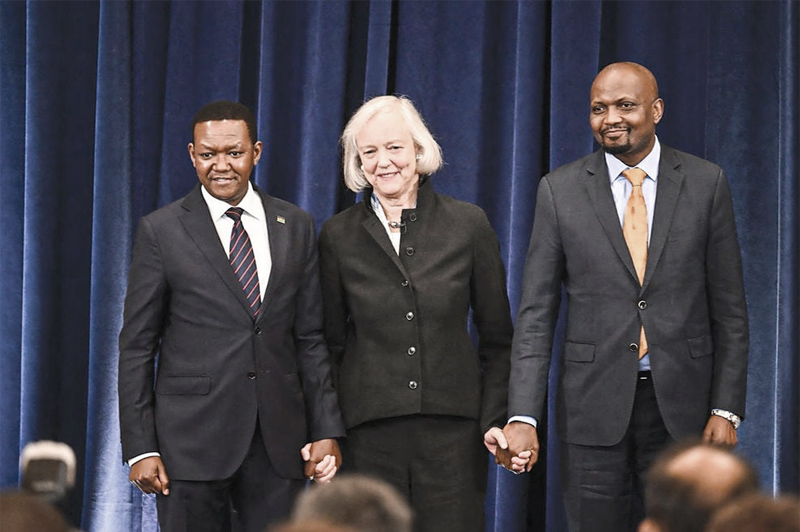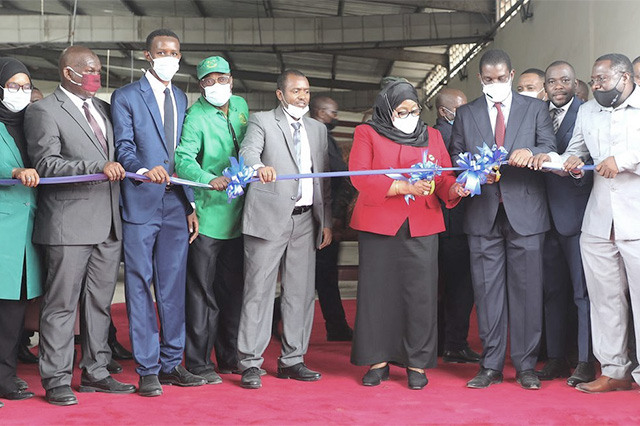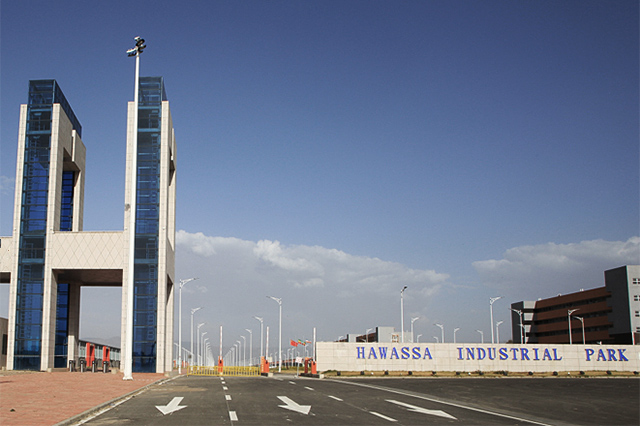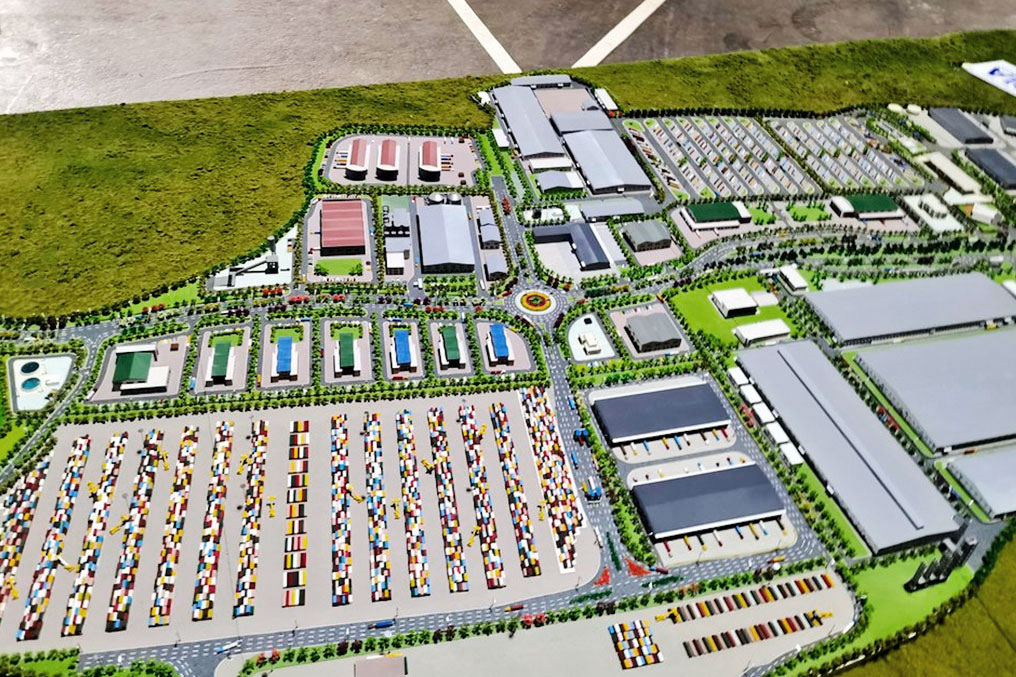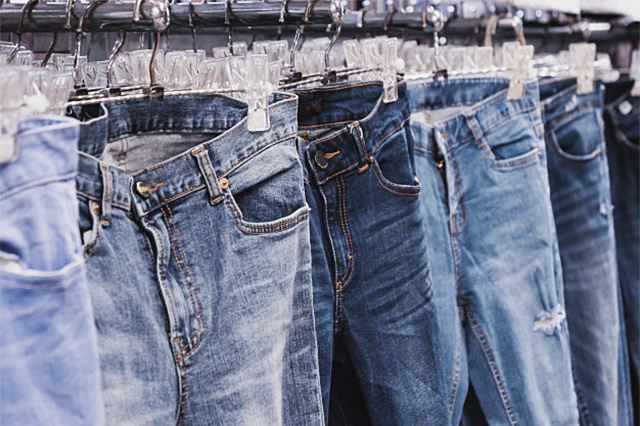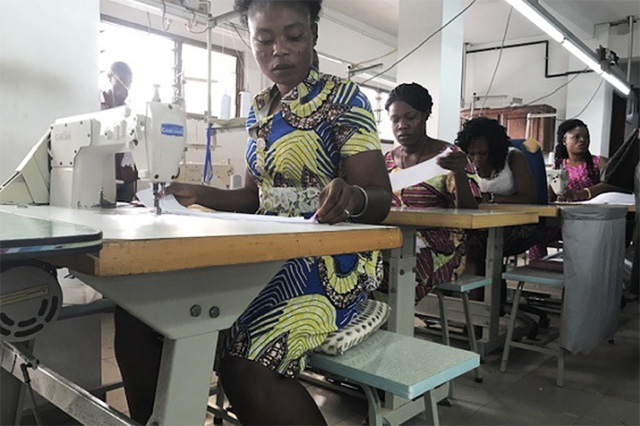The new kid on the block: Africa is vying for a larger share of the global textile and apparel pie
For many U.S. and European textile and apparel companies, China is losing its allure.
As production and labor costs continue to rise, importers and big-label subcontractors of low-end manufacturing in particular are working to identify new suppliers in Africa, which is emerging as the “new kid on the block.“
Many U.S.- and European-based buyers are also trying to hedge the risks of relying on only one or two supplier countries by diversifying their supply sources, viewing African countries as an additional choice, and not necessarily as an alternative, to existing Asian suppliers.
Ethiopia, in particular, seems well positioned to reap the benefits of this shift.
Ethiopia takes its spot on the apparel stage
Ethiopia, which until recently maintained a low-key profile in the international supply chain, is now aggressively courting Turkish textile manufacturers to establish manufacturing operations in the country, where Indian and Chinese textile manufacturers already have built up a strong presence.
Recognizing the potential of the country’s textile and apparel industry to grow the national economy, Ethiopia’s President Mulatu Teschome declared in late August that Turkey and Ethiopia had reached a “mutual understanding“ to cooperate with each other — another sign of the increasing liberalization and loosening of restrictions that have in the past few years created a more attractive environment for outside investors.
Ethiopia is looking to attract foreign direct investment (FDI) in three industries in particular: the textile/apparel industry is the priority for national development, followed by the leather industry and finally the food processing industry. According to Teschome, advantages for companies investing in the apparel/textile sector include both the availability and low cost of raw materials and labor, as well as the emphasis the sector places on high-quality manufacturing as the key to remaining competitive in international markets. These factors, coupled with attractive incentive packages for foreign investors, are attracting increasing numbers of Turkish textile companies, he says.
Indeed, the growing Ethiopia-Turkey cooperation has attracted 200 Turkish companies to various industrial sectors in Ethiopia, with those in textile and garment manufacturing standing out for their success, noted Teschome. Turkey’s leading textile company in Ethiopia, Ayka Addis, provides jobs to nearly 10,000 Ethiopian workers. Although the country is still in the infant stage of development, the arrival of large-scale textile and apparel suppliers from Turkey, India, the United Arab Emirates (UAE) and China suggests that the shift could become a trend.
According to the International Monetary Fund’s (IMF) economic forecast for Ethiopia, the country’s GDP is expected to grow 8.5 percent this year, making it one of Africa’s fastest-growing economies. The country does not have a minimum wage, which allows companies to pay salaries of up to $70 a month — a rate that is still higher than the average per capita income. The government is keen to attract labor-intensive investment and jobs for its population of 90 million.
India strengthens presence in Ethiopia
Recently, India’s textile industry held an exhibition in the country’s capital, Addis Ababa, to promote a wide range of products. The exhibition, the first of its kind for the Indian textile industry in Ethiopia, was organized by the Synthetic & Rayon Textile Export Promotion Council (SRTEPC) and the Exposition UK Ltd. with the support of the Ethiopian Chamber of Commerce & Sectoral Associations (ECCSA). For Ethiopian fashion designers, who rely on imported fabrics, it was an opportunity to find new materials and to get a sense of pricing.
Of the 140 textile factories in Ethiopia, seven are Indian-owned companies, according to the Ethiopian Textile Industry Development Institute (ETIDI); some of the exhibitors at the show were reportedly considering setting up plants in Ethiopia.
Currently, the value of India’s synthetic and rayon textile exports is nearly $4.6 billion, with the Middle East and the Gulf, Asia and the European Union accounting for 25 percent, 23 percent and 22 percent of total exports, respectively. India’s total synthetic and rayon output is approximately 21 million square meters, according to the SRTEPC.
India’s 2013 exports of textile and clothing products totaled $40 billion dollars; the country plans to double exports to $80 billion by 2020. In 2013, India lagged far behind China’s $274 billion.
Chad Schofield of the Kenya-based East African Trade Hub (EATH) says that Ethiopia has become the fastest-growing supplier in Africa because of the strong presence of Indian and Turkish textile companies in the country, and says that Kenya is also showing great promise, with a new industrial park just outside of Nairobi that is prospering due to the textile business. “Kenya has a long history of forming joint ventures with Indian and Chinese factories,” he says.
China sets up shop in Africa, too
As China’s production and labor costs soar, and with financial incentives such as capital subsidies offered to foreign-owned factories, many Chinese manufacturers are shifting their manufacturing operations to Africa.
The Chinese have maintained a foothold in Africa since the time of Mao Zedong; they built up the infrastructure in many areas of the continent and along the way gained first-hand exposure to local sourcing and market conditions, which has stood them in good stead.
Sun Qiaoming, who operates a trading company in Jiangsu, on the east coast of China, has decided to set up a factory in Ethiopia, to be equipped with imported materials and machinery from China, but staffed with Ethiopian workers, allowing the factory to be “adding value locally.” When that local added value hits about 20 percent to 30 percent of the content of the garments, the company’s clothing will officially be categorized as ‘Made in Ethiopia,’ making it easier for him to sell to the United States and the EU. By producing in Ethiopia, Sun can also circumvent the limits placed by Western importing nations on apparel imports from China.
Sun’s company is one of the many Chinese companies flocking to the African continent. Along with the Indians, the Chinese are increasing their presence in some parts of Africa, although the former have an advantage in many African countries due to longstanding historical ties: Mauritius, for example, has a very large population of citizens who are of Indian origin.
AGOA’s role in boosting textile and apparel exports to the United States
The U.S. textile and apparel industry is also very keenly following developments taking place in Africa. The continent’s importance for international buyers is growing, as the traditional suppliers in China, Bangladesh, Vietnam and Pakistan have been gradually hiking prices. At the maiden U.S.-Africa Business Summit, held in August, attention turned to the Africa Growth and Opportunity Act (AGOA), which was passed in 2000 with a view to implement trade benefit provisions for sub-Saharan Africa. Under the AGOA, duty-free imports of textile and apparel materials are allowed into the United States from certain African countries granted the beneficiary status. Both buyers and exporters of textile and industry products in the United States and Africa are, meanwhile, calling for the extension of the AGOA provision which is valid until September 15, 2015.
Of special interest for suppliers is the AGOA’s so-called “third-country fabric provision,” which enables suppliers in 27 least-developed countries (LDCs) that have signed the agreement to make use of fabric not produced within these countries, but still receive duty-free access to the U.S. market. According to Arvin Boolell, Minister of Foreign Affairs, Regional Integration and International Trade, Mauritius, apparel exports to the United States increased 16 percent to $907 million under the AGOA from 2000 to 2013. Other positive effects of the AGOA: it has attracted $500 million in new investments and created about 40,000 new jobs in Ethiopia; attracted $20 million in new investment and created 25,000 jobs in Kenya; brought $10 million in investment and 2,000 jobs to Uganda, and overall has created 352,000 jobs in Africa’s apparel and textile industry, benefitting countries including Nigeria, Chad, South Africa, Angola and Gabon. AGOA also has enabled U.S. companies to source affordable, quality apparel products for their customers.
In view of this, the U.S. Fashion Industry Association (USFIA), the African Cotton and Textile Industries Federation, the American Apparel and Footwear Association (AAFA), the Footwear Distributors and Retailers of America and other affected industry groups have urged the U.S. Administration to expedite the renewal program for another 15 years and, in fact, extend it to all the AGOA beneficiaries and not just to the current 27 LDCs. There has also been some discussion of excluding South Africa from the AGOA because, as some U.S. lobbyists have said, that country is “better off” than other African countries and should “graduate” out of the program.
Not everyone agrees. A Cape Town-based supplier, who asked to remain anonymous, told Apparel, “You cannot ignore the fact that South Africa is still a developing country or, to use the jargon, a ‘middle-income’ country. It is part of Africa and there is widespread poverty among the locals. Giving support to the local textile and apparel industry will also help uplift the earning capacity of the poor workers who can benefit from textile and apparel manufacturing.”
Vietnam buying raw cotton from Africa
Some Asian countries are quietly carrying out trade with Africa in raw cotton. Vietnam’s textile and garment industry, for example, has become overly dependent on foreign raw materials, and is incurring high expenses on imports.
According to the Africa and South West Asia Market Department in Vietnam’s Ministry of Industry and Trade, most of the raw materials for the sector originate in Africa and are sold to Vietnamese through intermediary French, Swiss and Indian wholesalers. Vietnamese officials say that the country’s textile and apparel sector would benefit by developing a direct international supply chain with African nations, thus eliminating the extra cost of the middleman and promoting the sector’s competitiveness in the global marketplace.
Vietnam currently imports raw cotton from 19 of the 55 African states, mainly Tanzania, Mozambique, Zimbabwe, Zambia, Uganda and Malawi. African cotton is considered to be of fairly good quality, reasonably priced and suitable for yarn production.
According to the Vietnam Cotton and Spinning Association (VCOSA), the industry currently has 5.1 million spindles with annual production capacity of roughly 700,000 tons of fibers.
Meanwhile, the Africa Cotton & Textile Industries’ Federation (ACTIF) is organizing the ORIGIN AFRICA 2014 Trade Expo, to be held Nov. 10-12 in Nairobi, Kenya, aimed at raising awareness of Africa as a business and sourcing destination, and making the continent a more visible source of supply of cotton, textile products, fabrics and other products.


